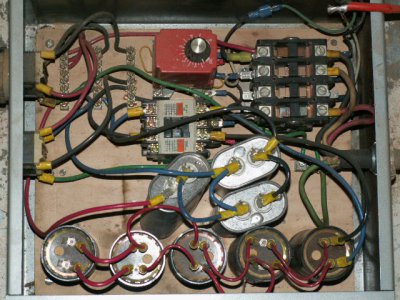- Joined
- Oct 29, 2012
- Messages
- 1,329
The starting current of a motor across the line is 8-10x the running current, because there is nothing to limit it except the resistance of the windings and the wires to the motor. It's that high because it can be. The VFD monitors output current and regulates its duty cycle to prevent blowing itself up, so it won't (shouldn't) let startup current go that high. So I think that half of the equation can be disregarded and we're back to the classic 1.7-2x derating factor. That said, I've never tried to start a motor off a VFD that was already running 60Hz. All the MFG guidance I've ever read, advised against doing this.If you figure that the startup draw of a motor is quite high like 8X the FLA, a VFD can provide probably 2-3X, and then factor in derating for single phase 2X. You are probably need 6-8X the the motor FLA for the VFD output
I agree with you that RPC ir phase perfect is the way to go.




